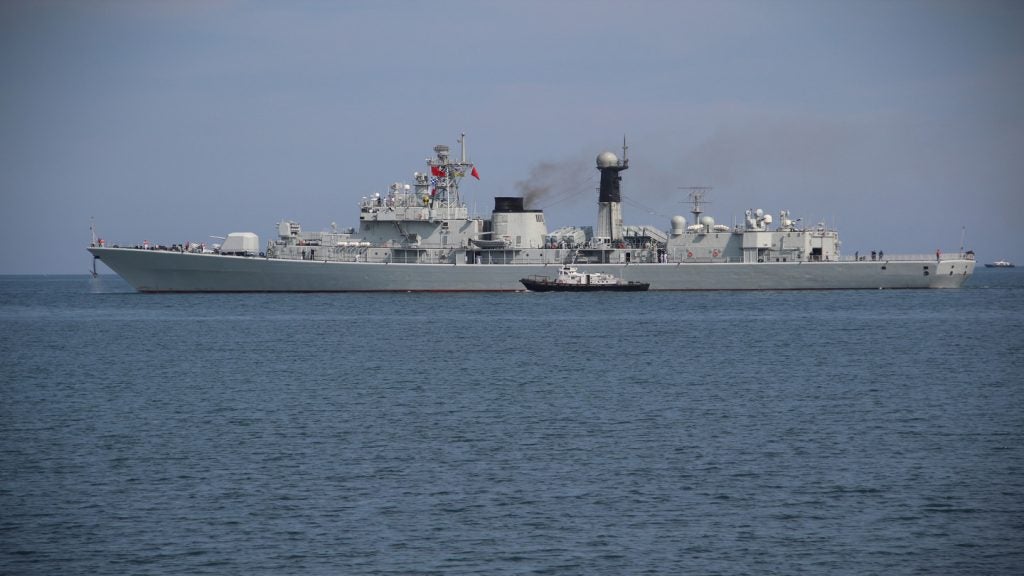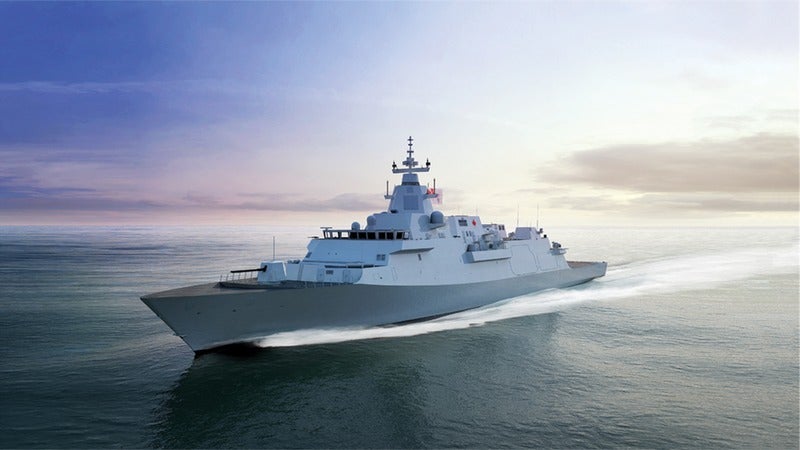A recent clash between China and the US-backed Philippines is in keeping with a rise in Chinese naval expenditure, which analysts say is underpinned by Beijing’s expansionist ambitions in the South China Sea.
On 5 August, the Philippines and the US accused the Chinese Coast Guard of illegally firing water cannons at Philippine ships on a resupply mission at a military outpost in the South China Sea.
The US State Department said China has “no lawful claim to the maritime area around Second Thomas Shoal, which is located well within the Philippines exclusive economic zone.”
Analysts have pointed out that an armed attack on Filipino vessels would invoke US defence commitments under its military alliance with Manila.
With China’s defence budget forecasted to grow from $225.5bn (current) to $318.5bn (2027) at a CAGR of 7.2%, according to GlobalData’s China Defense Market 2022-2027 report, concerns around Chinese naval aggression have been expressed by the Philippines, Vietnam, Taiwan, Malaysia and Brunei. All have conflicting territorial claims in the South China Sea.
Chinese impetus drives wider Asia-Pacific naval spending
The Chinese Coast Guard also fired a water cannon on Philippine vessels in November 2021 – and has repeatedly exercised aggression in altercations with Vietnamese vessels and claims over Taiwan.
While defence-related job hirings in China have steadily increased since 2021, the sharp spike in Filipino defence hirings since January represents the concerns of other nations with territorial claims – but smaller navies – in the South China Sea.
China has showed little sign of slowing down since amassing the world’s largest navy in 2021. If anything, Beijing has intensified efforts through covert expansion of its submarine shipbuilding capacity.
The Huludao shipyard is overseeing new versions of Chinese submarines, including the anticipated TYPE-09V. This formidable addition to China’s naval arsenal utilises a pump jet and hypersonic missiles like those found on the Type-055 destroyer.
Chinese naval growth has prompted regional growth. Led by key economies such as India, China and Australia, the Asia-Pacific submarine market is projected to increase in value from $9.2bn in 2023 to $14.8bn in 2033. Over this period, the region is forecasted to spend $123.9bn on the submarine market.
Within this market, the top five companies cumulatively account for 29.8% of shares – and three of these suppliers are Chinese.
Research by GlobalData places the China Shipbuilding Industry Co. Ltd first, holding 15.8% of shares. This is largely due to long-term contracts with the People’s Liberation Army Navy (China) and the Royal Thai Navy (Thailand).
With an estimated 11 billion barrels of untapped oil and 190 trillion cubic feet of natural gas, control over the South China Sea comes with significant natural resource wealth, as well as geopolitical advantages. By tightening its grip over the South China Sea, China intends to further monopolise resource processing, seen most recently with Chinese offshore giant CNOOC’s proposed gas initiative in the Yinggehai basin.
Our signals coverage is powered by GlobalData’s Disruptor data, which tracks all major deals, patents, company filings, hiring patterns and social media buzz across our sectors. These signals help us to uncover key innovation areas in the sector and the themes that drive them. They tell us about the topics on the minds of business leaders and investors and indicate where leading companies are focusing their investment, deal-making and R&D efforts.











